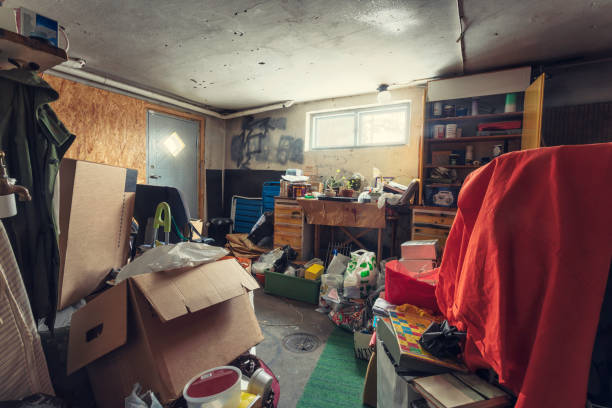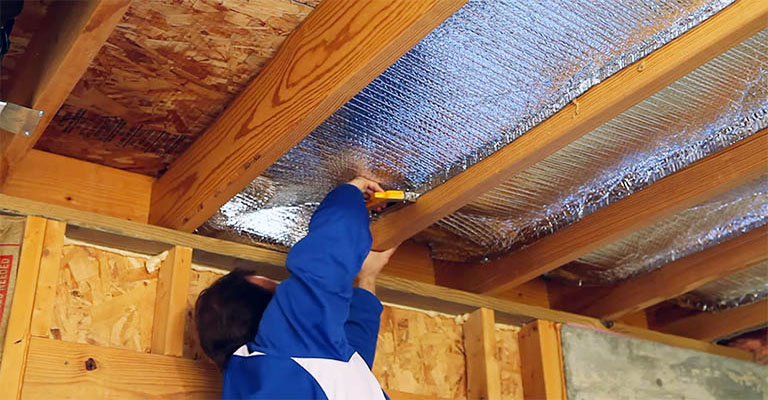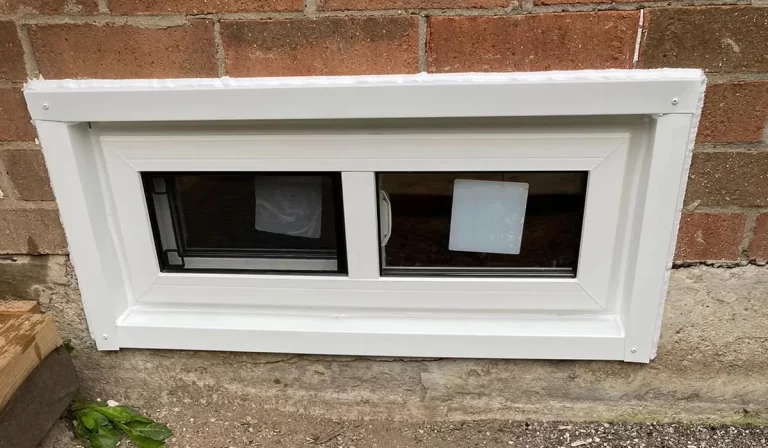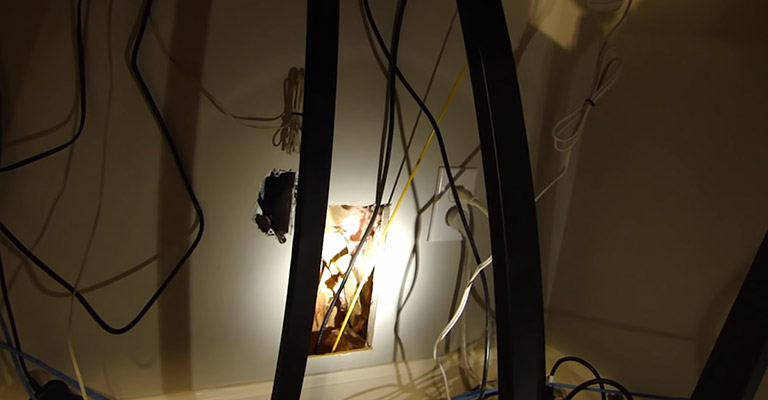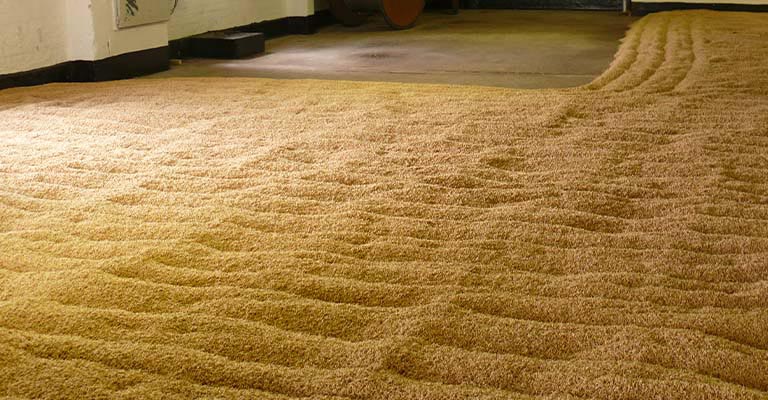How To Fix Negative Grading Towards House Foundation?
Most people consider their homes their biggest investments, so they want their yards to appear attractive. You can make it look really nice by adding shrubs, trees, flowers, etc. How would you feel if you noticed that the yard of your dream home had negative grading?
When the land is shaped so that the water flows towards the home, this is called negative grading. Therefore, the land must be leveled or sculpted and sloped away from the foundation and home.
To properly grade your home, the most important thing you can do is keep water away from your house. Whenever it’s raining, the water is pouring into your house; it’s going to end up someplace.
If the ground around your house is pitched toward the house, that means it’s just going to funnel it right into the basement. So, check the topsoil and planting areas around your house.
What Is Grading?
Healthy foundations and yards require proper grading. You must grade the dirt around your foundation at the right grade to shed stormwater. Your home’s foundation sits on dirt. Doing so prevents water from pooling at the foundation, which may cause damage.
Your foundation walls should slope downward towards the rest of your yard. This slope can range from 6 to 8 inches. From the foundation, water should flow into the yard and away from it.
Why Is Grading Around Your Home Important?
Your property’s grade significantly impacts where the water ends up. In addition to the landscaping directly surrounding your house, paved areas, lawns, and gardens should be considered when considering grading.
To ensure that all the waterfalls on your house roof runs off your entire property, you should ensure that all the water drains away from the house. In order for water to flow away from your home (snowmelt or rain), it must have a clear path (water always runs downhill).
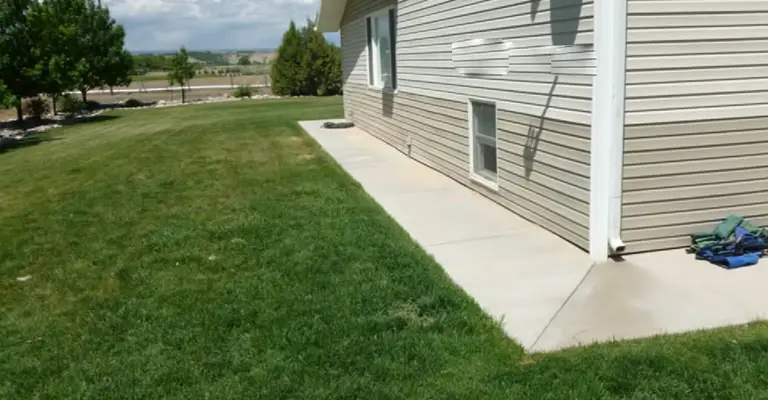
The Importance Of Soil Grading Around Your Home
In the first 5-to-10 feet around your house, the ground should drop 1 inch for every foot you move away from it. It is not always possible to prevent the ground from sloping upward as you move away from the foundation of your house.
The grading can be improved by adding soil next to the foundation and sloping away from it. However, your foundation (concrete, block, or stone) should be visible above the soil. It is not recommended that the soil and vegetation come into contact with the siding or any wood.
Depending on the slope of the grading away from the house, you can also remove soil a few feet from the foundation to increase the slope that allows the water to continue to flow away from the house without ponding.
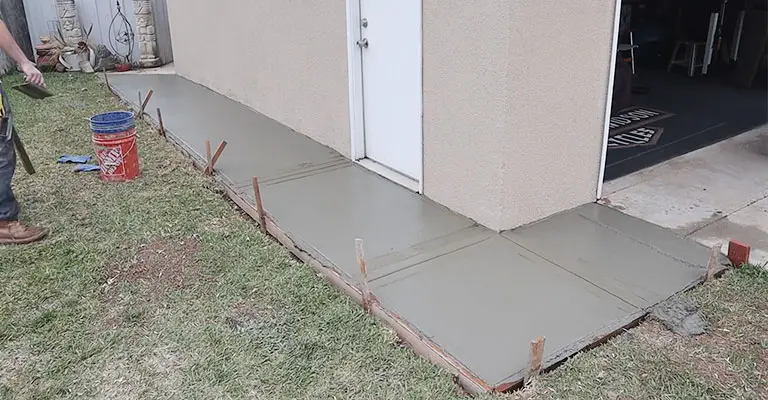
Window Wells
Window wells often need to be raised as you attempt to correct your grade since your house has settled over time (2″ – 3″ is ideal) since window wells are often higher than the grading.
Your existing window wells may not be able to be raised without soil and/or water entering from the bottom into the window well if you need to install taller window wells. The sealing of leaking windows and/or the replacement of failing window wells should be done if they leak and/or fail.
Type Of Soil For Grading Around Your Home
The most effective topsoil is a compost mixture (high in organic content) rather than bagged topsoil (low in organic content and expensive in volume). In most cases, screened topsoil from a local landscaping or garden center would be the better choice.
Locally sourced silty clay loam will be a good choice as it will be easy to work with, will settle into a semi-permeable state, and will support vegetation.
Best Soil For Grading Around House
Most fill will work if it is clean. The ideal fill is a mix of silt and clay, which is impermeable enough to divert water away but also has enough gaps so that it won’t hold it against the structure.
It is important to avoid very sandy or high clay content soils. Sand will allow water through before draining and only act as a filter, while clay will hold water against the foundation wall.
It is not a good idea to increase your grade with mulch. Most mulch mixes are extremely soft and will absorb water without allowing it to run off. It will divert water downwards towards your house or just hold it against your foundation walls, where it will eventually find its way through your walls into your home.
Also, avoid gravel or other very porous material. The purpose of positive grading is to provide a slope or ramp for water to travel down. Gravel is like a sieve; water will travel between the cracks to the earth below.
While your foundation should have a layer of gravel down to the weeping tile, where it then gets diverted away from your house, you’ll want to avoid overloading your drainage systems and putting dirt on top of the gravel.
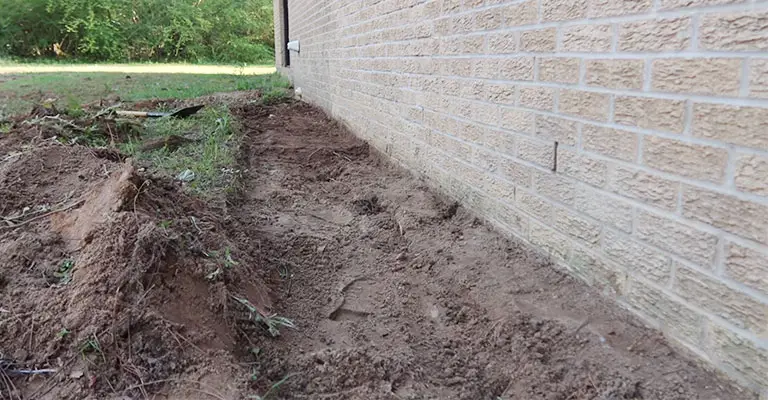
How To Fix Negative Grading Around The House?
- The grading topsoil needed around your house can be used to fix negative grading. Grading areas should be cleared of vegetation and mulch first.
- A minimum grade of one inch per foot must be maintained up to 10 feet from your house. Ensure that your home perimeter has a continuous slope by adding topsoil.
- Use a metal rake to smooth the grade once the soil has been added. Tamp it down with a wooden tamper and add more soil if necessary.
- Once you’ve added the topsoil and raked it smooth, use something long, flat, and level, like a 2×4 or 6′ level, to ensure your grade is continuous.
- Look for a continuous downward slope when you place the edge flat against your house.
- Verify that the topsoil only contacts your foundation and that no siding has been covered up. Soil and siding should be separated by at least 6 inches.
- Depending on how much of your home is already graded, removing soil might be more efficient. However, adding soil is more time-consuming than removing soil, so this should be a second option.
- In order to maintain a continuous positive grade, you should remove soil where it interrupts the grade. A shovel can be used to accomplish this, followed by a metal rake to tamp and smooth.
- The positive grade should be visible when you check for a continuous downward grade. Place a 2×4 against the newly graded surface and rest the edge against it. Take a step back.
- It is important that the wood sits firmly against the earth at all times. To ensure the wood is firm against the ground, rake and tamp it until you can see beneath it. Your grade will be positive if you rest a level atop the 2×4.
- Lastly, make sure you have a drop of at least 6″ per 10 feet – or 1″ per 20″ of run once you’ve established a positive grade.
- As you work your way outward from your foundation, you can use any level to establish this.
- When you have located your level, you can eyeball whether it is 1″ above ground level. Once you reach 10′ from your house, continue walking that way.
What Is The Best Backfill Material For A Foundation?
It is best to start with coarse-grained soil. A mixture of gravel, sandy soil, and very little fine material is used. As well as providing fine support for the foundation, this is also an easy-to-compact backfill.
How Do You Fix Negative Drainage?
If you have a negative drainage issue around your home, remove the landscaping. You can set the grass aside by scooping it out around the natural area. To raise the grade, add additional soil to the natural area. The soil should be sloped away from the house as it is removed from the natural area.
Why Is The Ground Sinking Around My House?
You may have a serious foundation problem if you notice the ground sinking near the foundation of your home. In addition to drywall cracks, stuck windows, house settling noises, and cracked bricks, there is another common foundation problem sign you need to look for.
Every element of a building is affected by problems with the foundation. Walls, roofs, windows, and doors are some of the things you need to consider. Inhabiting a home with a damaged foundation is dangerous.
Several insurance companies will not cover homes with severely damaged foundations. As well, getting a mortgage loan for such a house may be difficult or impossible. A property may become essentially useless if damage advances too far.
How Do I Fix A Negative Slope In My House?
The soil must either be built up or removed if you want to fix a negative slope. Building up soil around your foundation is the easiest way to accomplish this. Fill dirt and topsoil are added to the perimeter of your foundation to achieve this.
How Much Does It Cost To Fix Negative Grading?
Adding more backfill can reduce the cost of grading around your home to under $1000. A load of the earth will be delivered to your house along with a couple of guys to spread it, tamp it, and grade it to an average grade of 6 inches per 10 feet.
In order to dig a drain or build a swale, you’ll likely have to pay a landscaper to come out with a small backhoe or ditch digger as well as several men to shovel gravel and move dirt. It would cost at least $2000. The cost of installing a perimeter drain on a larger home can reach over $5,000.
Maintenance To Fix Negative Grading
Keep gutters clean after storms to avoid water backing up into your home. It is also possible for water to back up and flow over the sides, creating negative grading on the ground as a result.
- Check the downspouts to make sure there are no clogs, and the backsplash stays in place.
- Make sure the ground around the home does not have negative grading or puddles. It may be necessary to call a professional if it is.
- Keep an eye on flower beds and shrubs to make sure negative grading doesn’t begin. Make sure the mulch is kept at a level where there is no washout or negative grade resulting from it.
- Take care of anything that looks like a crack, leak, or mold in your basement and around your foundation as soon as possible.
The Bottom Line
Depending on the extent of the negative grade and whether there has already been damage, it could be an easy fix or difficult.
The problem needs to be addressed immediately. Contact a professional whenever you are unsure how to fix your negative grade or need assistance.
You may also require professional help if there is a leak or mold in the home caused by water. A professional can also assist you with adding downspouts and eaves to your home.

